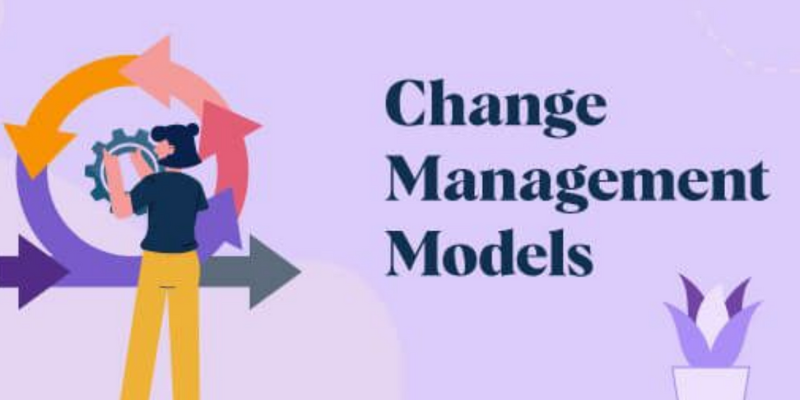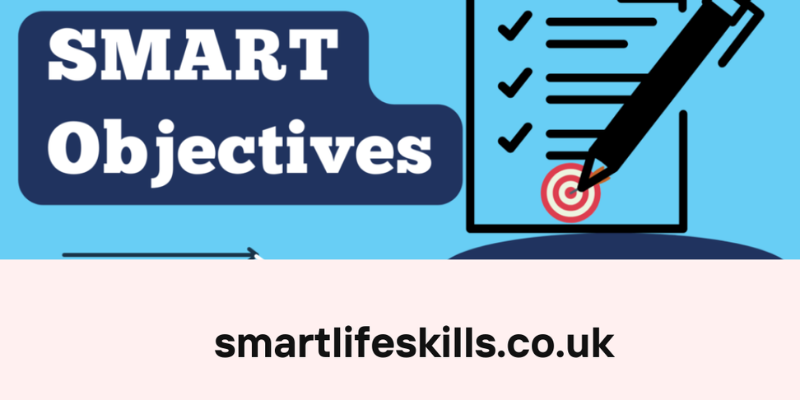Change management involves systematically managing the process of implementing changes within an organization to ensure they are smoothly and effectively adopted (Cameron & Green, 2015). It encompasses planning, communication, stakeholder engagement, and training to minimize resistance and maximize the benefits of change initiatives (Hiatt & Creasey, 2012). Successful change management often involves understanding the organization’s culture, addressing employee concerns, and providing support throughout the transition period (Cameron & Green, 2015).
Here’s an Overview of Key Topics Within the Field:
1.0 Change Management Models: Various models provide frameworks for understanding the change process, such as Lewin’s Change Management Model, Kotter’s 8-Step Process for Leading Change, and the ADKAR model (Awareness, Desire, Knowledge, Ability, Reinforcement) (Hiatt & Creasey, 2012).
2.0 Stakeholder Analysis and Engagement: Identifying stakeholders and understanding their perspectives, concerns, and levels of influence is crucial for successful change implementation (Cameron & Green, 2015). Effective communication and engagement strategies are essential (Hiatt & Creasey, 2012).
3.0 Change Readiness Assessment: Evaluating an organization’s readiness for change involves assessing factors such as leadership support, employee capabilities, organizational culture, and resources available for change initiatives (Cameron & Green, 2015).
4.0 Communication Strategies: Clear, timely, and consistent communication is vital throughout the change process to build understanding, manage resistance, and maintain morale (Hiatt & Creasey, 2012). This includes communicating the rationale for change, addressing concerns, and celebrating milestones.
5.0 Change Leadership and Sponsorship: Strong leadership is necessary to guide the change effort, set the vision, align resources, and empower teams (Cameron & Green, 2015). Change sponsors play a critical role in championing the initiative, providing resources, and removing obstacles (Hiatt & Creasey, 2012).
6.0 Resistance Management: Resistance to change is natural and can stem from various factors, including fear of the unknown, loss of control, and perceived threats to the status quo (Cameron & Green, 2015). Strategies for addressing resistance involve active listening, empathy, and involving employees in the change process (Hiatt & Creasey, 2012).
7.0 Training and Development: Equipping employees with the knowledge, skills, and support needed to adapt to new processes, systems, and ways of working is essential for successful change adoption (Cameron & Green, 2015). Training programs should be tailored to the specific needs of individuals and teams (Hiatt & Creasey, 2012).
8.0 Change Measurement and Evaluation: Establishing metrics and key performance indicators (KPIs) allows organizations to track the progress of change initiatives, identify areas for improvement, and demonstrate the impact of change on business outcomes (Cameron & Green, 2015).
9.0 Organisational Culture Change: Culture plays a significant role in shaping attitudes, behaviors, and norms within an organization (Cameron & Green, 2015). Changing culture often requires a long-term, multifaceted approach that aligns values, beliefs, and behaviors with the desired state (Hiatt & Creasey, 2012).
10.0 Sustaining Change: Ensuring that change initiatives are embedded into the organization’s DNA and become part of everyday practice is crucial for long-term success (Cameron & Green, 2015). This involves ongoing reinforcement, celebration of successes, and continuous improvement (Hiatt & Creasey, 2012).
These topics provide a comprehensive framework for understanding and managing change within organizations, helping to navigate complexities and challenges effectively.
References:
Cameron, E., & Green, M. (2015). Making sense of change management: A complete guide to the models, tools and techniques of organisational change (4th ed.). Kogan Page.
Hiatt, J. M., & Creasey, T. J. (2012). Change management: The people side of change (2nd ed.). Prosci Research.













